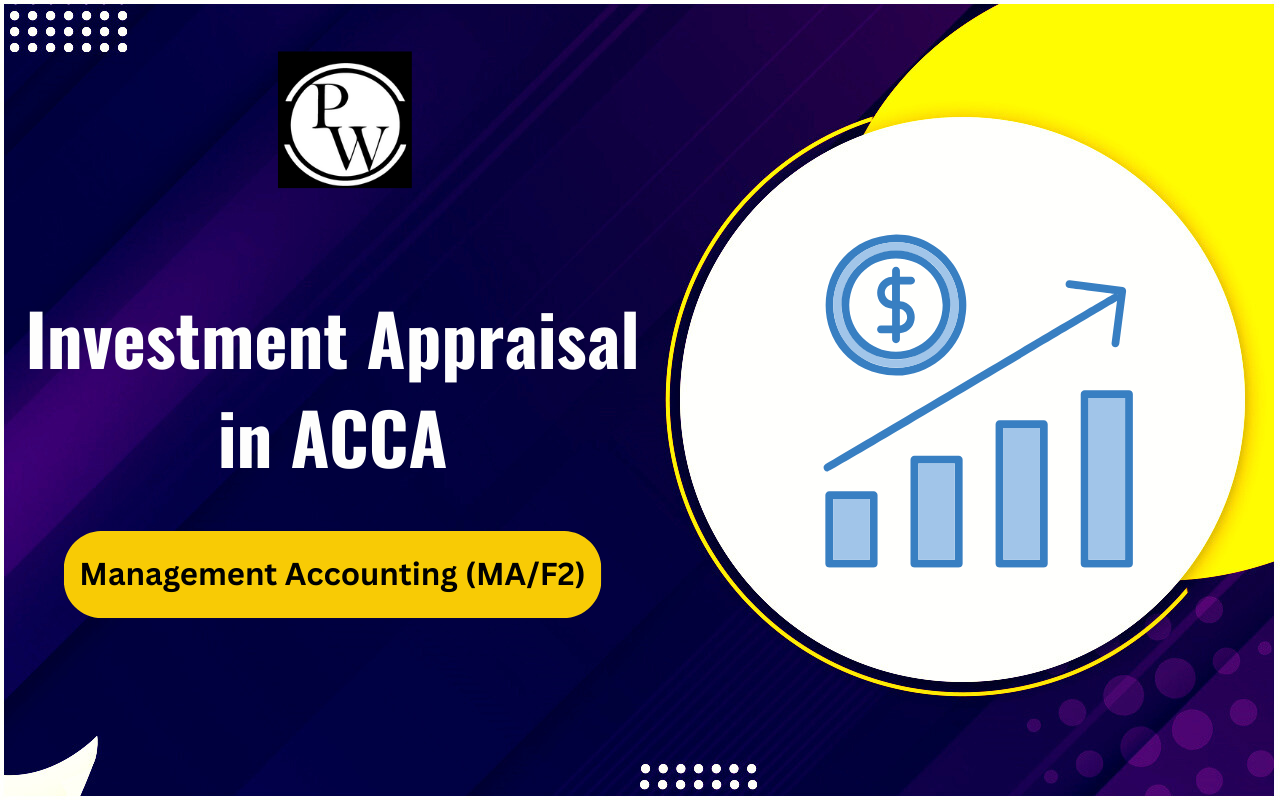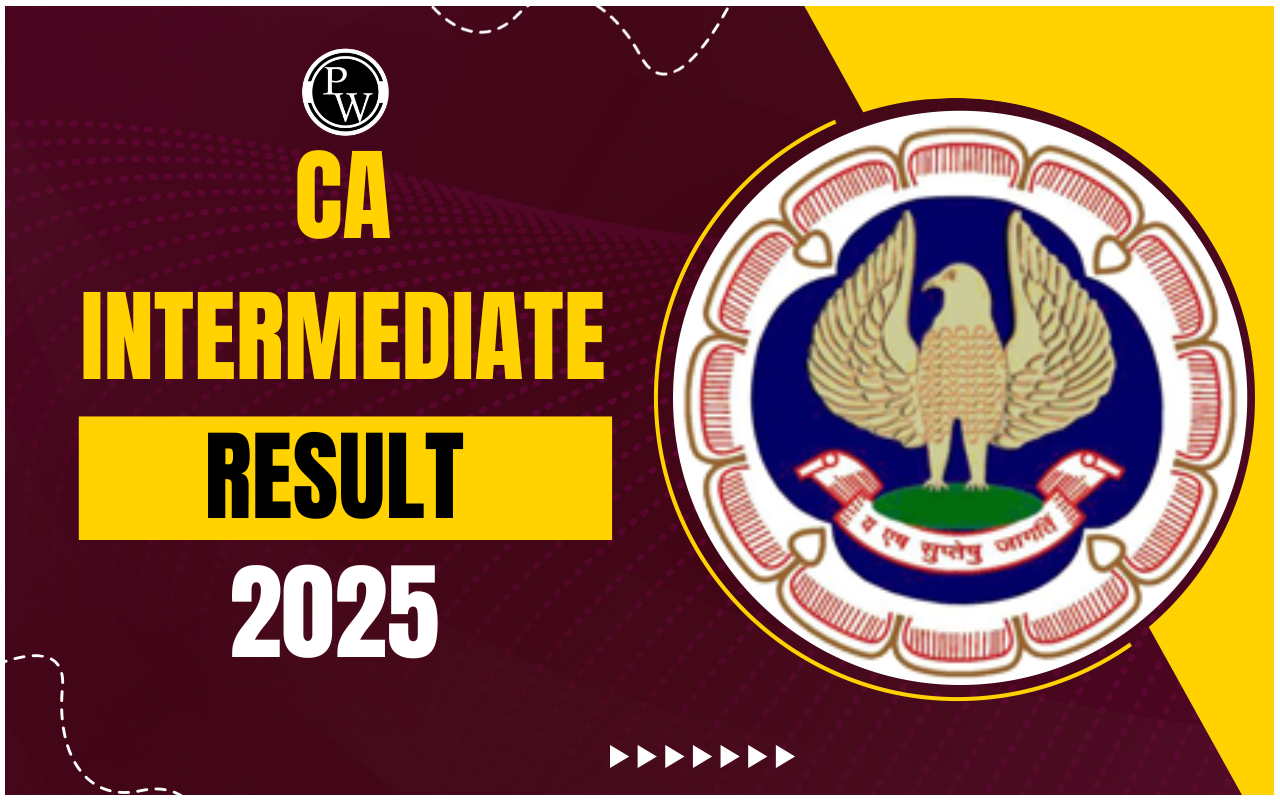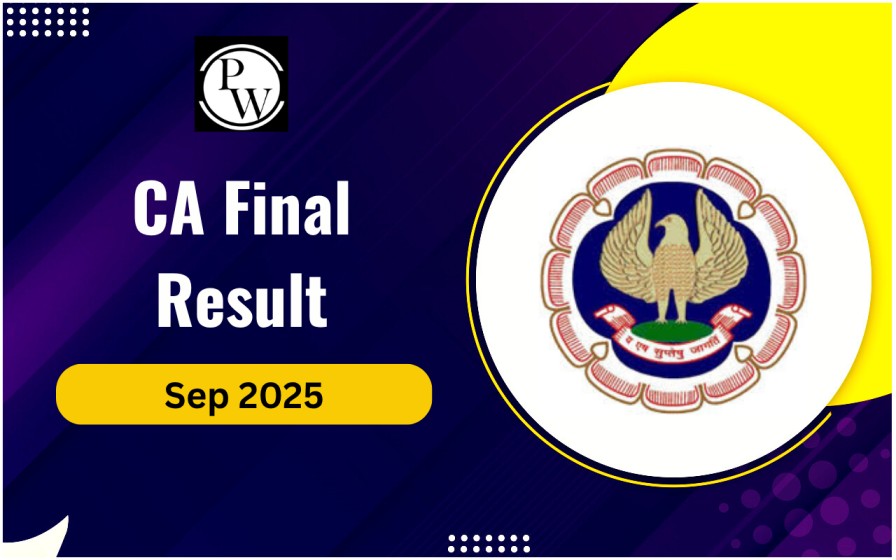
When preparing for the CA exams, one standard that poses many questions and challenges is AS 15 Employee Benefits . This standard is vital for financial reporting and accounting, and mastering it is key to scoring well in your CA exams . Learn about the essential aspects of AS 15, providing clear explanations, and practical insights to ease your understanding.
What is AS 15 Employee Benefits?
AS 15 Employee Benefits addresses the accounting principles for employee benefits. These benefits encompass all forms of consideration an enterprise gives in exchange for the services rendered by employees. However, this standard excludes inventory compensation. Understanding this standard is pivotal for CA aspirants as it forms a core area in financial reporting and audits. With AS 15 Employee Benefits, entities ensure transparency and consistency in presenting their obligations and benefits to employees, ensuring stakeholders trust their financial reporting.Applicability of AS 15 Employee Benefits
AS 15 became effective on 1st April 2006 and primarily applies to Level 1 enterprises, defined as entities:Turnover Threshold
Level 1 enterprises are those whose turnover exceeds INR 50 crore in the preceding financial year.Inclusion of Subsidiary Companies Any holding or subsidiary companies of such entities also fall under this categorization.
Scope of Application The term "employee" under AS 15 broadly includes part-time, temporary, and even management personnel, making it crucial to define the scope of application for accurate compliance.
Also Check: List Of Indian Accounting Standards Issued By ICAI
Types of Employee Benefits Covered in AS 15
To ensure clarity, AS 15 categorizes employee benefits into distinct types based on the timing and nature of the benefits.Short-Term Employee Benefits
Short-term benefits are settled within 12 months of rendering service. These benefits typically require no actuarial assumptions for accounting. Examples of such benefits include regular period benefits like salaries and wages, compensation for short-term absences such as sick or annual leaves, profit-sharing bonuses paid within the reporting period, and non-monetary benefits like medical insurance or housing.Key Accounting Rule: Recognize the full undiscounted amount attributable to the accounting period. Any difference between recognized expense and actual payment must be accounted for as liability or asset.
Post-Employment Benefits
These are classified into two major types:1. Defined Contribution Plans In defined contribution plans, the employer's obligation ends with contributing to a separate fund. The employees bear the actuarial risks involved. A common example is the Provident Fund.
2. Defined Benefit Plans In defined benefit plans, the employer bears actuarial risks, requiring detailed calculations to estimate liabilities. Examples include gratuity and pensions. Actuarial assumptions for these plans include demographic data, mortality rates, discount rates, and future salary projections.
Other Long-Term Employee Benefits
Other long-term benefits extend beyond 12 months. These include sabbatical leaves or long-term paid leaves, bonuses or profit-sharing benefits payable beyond a year, and jubilee benefits or rewards for long-term service.Termination Benefits
Termination benefits are paid when employment ends, either voluntarily through schemes like Voluntary Retirement or through employer decisions. These benefits are recognized as liabilities when a formal plan and reliable estimate exist.Accounting Treatment of AS 15 Employee Benefits
The accounting treatment under AS 15 involves calculating the net liability as follows:Formula for Net Liability
The net liability equals the present value of defined benefit obligations, less past service costs, and the fair value of plan assets at the balance sheet date.Reporting a Net Asset
If plan assets exceed liabilities, the enterprise reports a "net asset." Disclosures for contingent liabilities are mandatory in case of uncertainties.Actuarial Assumptions for Defined Benefit Plans
Actuarial assumptions should be unbiased and prudent. These include:Demographic Assumptions
Demographic assumptions account for factors like mortality, employee turnover rates, and the probability of plan members having dependents.Financial Assumptions
Financial assumptions include market rates, salary growth projections, expected returns on assets, and other economic factors impacting benefits.Disclosures Under AS 15
Entities must disclose details including actuarial assumptions used, nature and extent of benefits provided, contributions made to defined contribution plans, and obligation valuation for defined benefit plans. For CA students, mastering AS 15 Employee Benefits ensures clarity in financial reporting and strengthens foundational knowledge for practical application. If you're on a quest to crack the CA exams, it's time to go beyond understanding this standard, apply it with confidence. Empower your CA preparation with PW CA Courses, where expert mentorship meets comprehensive learning modules. Join thousands of aspirants unlocking success, your CA dreams are just a step away!| Also Check: | |
| Market Structures | Statistical Representation of Data |
| Correlation and Regression | Probability |
| Sampling | Statistics |
AS 15 Employee Benefits FAQs
What is AS 15 Employee Benefits?
Which enterprises does AS 15 apply to?
What is the difference between defined contribution and defined benefit plans?
What are short-term employee benefits?
How is termination benefit liability accounted for?










